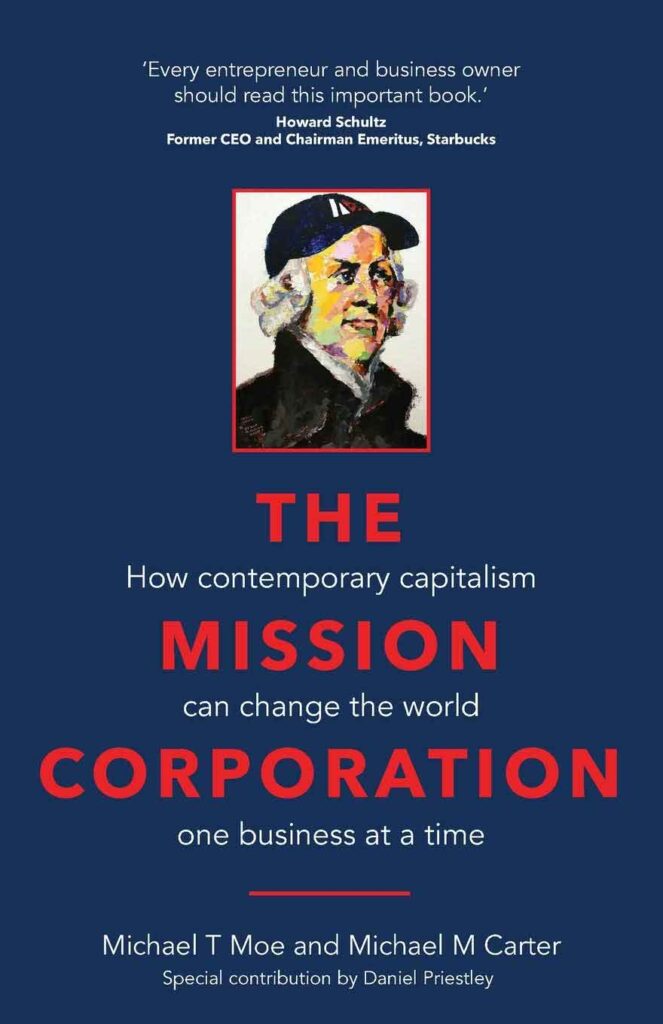Key Takeaways
- Formal education will make you a living; self-education will make you a fortune.
- You only have so many hours in a day, let others make the money for you!
- The longer you’re not taking action the more money you’re losing.
- Expect the best. Prepare for the worst. Capitalize on what comes.
- Don’t let money run your life, let money help you run your life better.
Introduction
Welcome to “The Path to Financial Freedom.” In this book, I’ll tell you how I went from having nothing to making a million dollars in just one year. My goal is to inspire and help you do the same.
I’ll share the tough times, what I did to succeed, and the happy moments when I reached my goal. Whether you’re just starting or want to improve your money situation, this book will give you useful advice and ideas. Let’s start this journey together!
Here are some interesting facts about this book
Capitalism is the greatest economic system the world has ever known – but capitalism is broken.
The Mission Corporation promotes a more enlightened form of ‘contemporary capitalism’: its Seven Declarations connect profit with purpose, align stakeholders’ values with their actions and provide a roadmap for entrepreneurs and governments. Learn how to:
- Connect the heart of a non-profit to the brains of a for-profit
- Create a market-leading company based on mission
- Ignite a culture within your company based on shared purpose
- Make stakeholder values live within your actions as a business
The reference by Amazon
From $0 TO $1 Million Financial Freedom In Just 1 Year

“The Mission Corporation” explores the intersection of capitalism and social impact, proposing that businesses can serve as agents of positive change in the world. Here are some key points from the book:
1. Purpose-Driven Business
To make a purpose-driven business, companies need to think beyond just making money. They can start by asking questions like: How can we help people or the planet with our products or services?
Then, they can set goals that focus on making a positive impact, like reducing waste or supporting local communities. It’s about caring about more than just profit and finding ways to make the world a better place through their business practices.
2. Triple Bottom Line
The triple bottom line is like having three big goals for a company: making money, helping people, and protecting the planet. To do it, businesses can track their profits as usual, but also keep an eye on how they treat their employees, customers, and the environment.
For example, they might pay fair wages, give back to their communities, or use eco-friendly practices. By balancing all three goals, companies can be successful in more ways than just making money—they can also make a positive impact on the world around them.
Also Read: A Comprehensive Guide to Making Money Online through Digital Marketing
3. Social Entrepreneurship
Social entrepreneurship is all about using business ideas to solve big social or environmental problems while still making enough money to keep going. It’s like finding creative ways to help others and the planet while also making a living.
For example, a company might sell eco-friendly products that help reduce pollution, or they might donate a part of their profits to support education for kids in need. By coming up with clever ideas like these, businesses can do good and stay strong financially at the same time.
4. Stakeholder Engagement
Stakeholder engagement means talking and listening to the people who are affected by a company’s actions, like employees, customers, communities, and investors. To do it, a business might have meetings or surveys to hear what these groups think and feel. Then, they can use that feedback to make decisions that are good for everyone involved.
For instance, a company might ask its employees for ideas on how to improve working conditions, or they might listen to customer feedback to make better products. By working together with everyone who has a stake in the business, companies can build trust and succeed in the long run.
5. Corporate Responsibility
Corporate responsibility means companies taking action to do good things for society and the environment, not just focusing on making money. They can do this by doing things like reducing their carbon footprint, treating their workers fairly, or giving back to their communities.
For example, a company might use sustainable materials for their products to help the environment or donate a portion of their profits to charities that fight inequality. By making these kinds of choices, businesses can make a positive impact and show that they care about more than just profits.
6. Impact Investing
Impact investing is like investing in businesses that are doing good things for the world while also making money. It’s about looking for companies that care about issues like helping people or protecting the environment and putting your money into them.
For example, you might invest in a company that makes solar panels to help reduce pollution, or in a business that provides clean water to communities in need. By choosing to invest in companies that are making a positive impact, you can make a difference with your money while still earning returns on your investment.
7. Case Studies
Case studies are like real-life stories that show how businesses have made a difference by caring about people and the planet. To do it, companies might change how they make products or services to be more eco-friendly or fair to workers.
For example, a clothing company might use recycled materials or pay fair wages to workers in their factories. By sharing these stories, other businesses can learn from their success and find ways to do good while still being successful in the market.
8. Policy Implications
Policy implications are like suggestions for how governments can encourage businesses to do good things for society and the environment. They can do this by making laws or rules that reward companies for being responsible.
For example, a government might give tax breaks to companies that use renewable energy or follow fair labor practices. By creating these incentives, governments can help businesses see that doing the right thing can also be good for their bottom line, and they can create a better world for everyone.
9. Scaling Impact
Scaling impact means finding ways to make a bigger difference in the world with your business. One way to do this is by teaming up with other companies or organizations that share your goals. You can also use new technologies to reach more people or make your products more efficiently.
Another way is to take what works in one place and use it in other places where it’s needed. For example, if you have a successful program to provide clean water in one community, you might expand it to other communities that lack access to clean water. By using these strategies, mission-driven businesses can grow their impact and help even more people.
Also Read: 10 Proven Ways to Make Money Online with Google
10. Future Outlook
The future outlook of “The Mission Corporation” suggests a shift towards a world where businesses care about more than just making money—they also care about making a positive impact. To achieve this, businesses can start by defining a clear purpose beyond profit and integrating it into their core values and operations.
They can prioritize practices that benefit society and the environment while still being financially successful. By leading with purpose and aligning their goals with broader societal needs, businesses can contribute to creating a more fair and sustainable global economy for everyone.
About the Author

Michael M. Carter is a co-author of “The Mission Corporation” and the CEO of BizEquity, a company that helps small businesses understand their value. He’s well-known in the financial technology world and has received recognition for his work. Before starting BizEquity, he worked with a famous investor to invest in small businesses.
Mike has also held important roles in other companies, including being one of the leaders in a big internet services company. He’s been involved in creating new technologies, like dashboard software and virtual data warehousing. His career started in management consulting.
Conclusion
In the end, going from having nothing to a million dollars in just one year is really amazing, though it’s tough. You need to work hard, plan well, and sometimes take chances. It might be hard, but the good things you get are huge.
Keep your goals in mind, manage your money well, and always keep learning and changing. Anyone can make their dream of financial freedom come true if they stay determined and keep trying hard. Just remember, if you believe in yourself, you can achieve anything.
FAQs:
Q:1 How to become financially independent in 1 year?
Save aggressively, invest wisely, and focus on increasing your income.
Q:2 What is the fastest path to financial freedom?
Invest in assets that generate passive income and live below your means.
Q:3 How much money is considered financial freedom?
It varies, but having enough passive income to cover expenses is key.
Q:4 How to go from broke to financially free?
Develop a solid financial plan, stick to a budget, and increase your income streams.
Q:5 How much money do you need to never worry about money again?
Enough to cover your living expenses without relying on a job.
